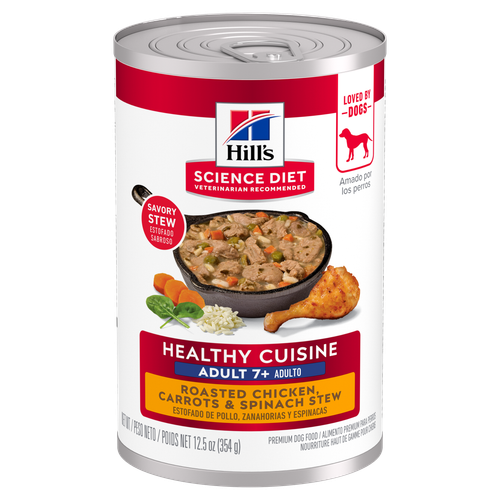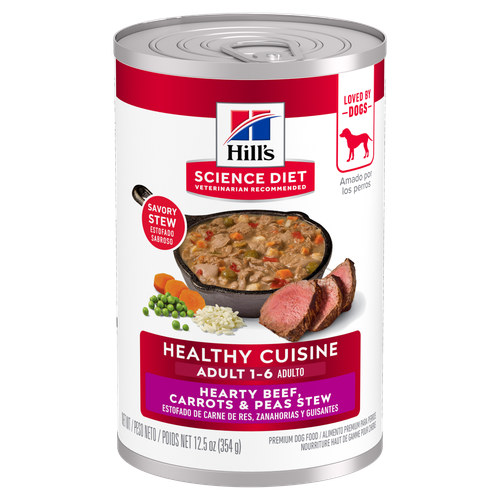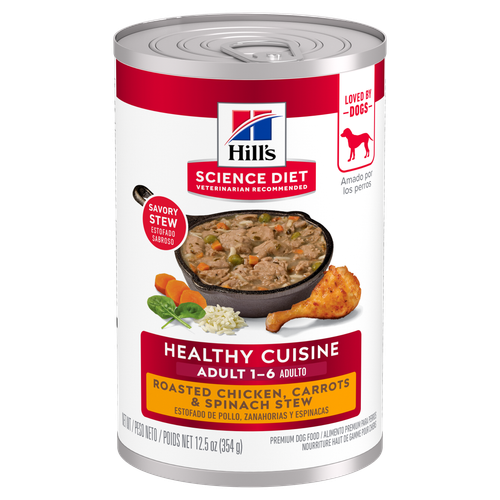

A spirited romp, an impressive leap, a lazy feline stretch. Movement is vital to a cat's everyday life, and your cat's joint health and mobility go hand in hand. A number of conditions, including arthritis and hip dysplasia in cats, can affect your kitty's everyday activities and mobility. Whether it's feline hip dysplasia or another disease that affects their joints, you and your veterinarian can work together to help your cat feel their best. Read on to learn what you should know about cat mobility and joint health for cats, including how to prevent and support these issues.
Causes of Cat Joint Pain and Limited Mobility
The most common causes of reduced cat mobility are obesity and declining joint health. Since extra weight puts more pressure on the joints, obesity can speed up and worsen normal joint aging. However, cats of all sizes and ages can experience joint issues.
The most common culprit of declining joint health in cats is degenerative joint disease (DJD), commonly referred to as feline osteoarthritis, or simply arthritis. DJD occurs when a cat's joint cartilage weakens and ultimately deteriorates. The absence of cartilage leads to the bones of the joints rubbing together, causing inflammation and pain, especially during movement.
Other conditions that can increase the risk of arthritis and/or cause reduced mobility in cats include:
Hip dysplasia
Cruciate ligament disease
Intervertebral disc disease
Trauma (including declawing)
Certain cancers
Diabetes mellitus
Autoimmune diseases
Some cat breeds may also be more genetically prone to joint issues. For example, Maine Coon cats appear to be at higher risk of hip dysplasia.
Hip Dysplasia in Cats
Your cat's hips are key to their overall ability to move freely. So while hip dysplasia is more common in dogs, it's one possible cause of limited mobility in cats. Feline hip dysplasia is a genetically inherited condition characterized by abnormal hip joint development. Specifically, the thighbone (femur) isn't positioned properly in the pelvis, causing the joint to become unstable over time. As your cat ages, the bones of the hip joint start to grind, rather than glide smoothly, against each other. This damages the protective cartilage and causes pain. Other cat hip problems like cat hip dislocation from trauma — such as falling or being hit by a car — can also impede mobility later in life.
Signs of Hip Dysplasia in Cats
Signs of hip dysplasia in cats can include:
Reduced jumping attempts or failure to reach higher surfaces
Less frequent physical activity
Trouble walking (e.g., limping or stiffness)
Reluctance to climb stairs
Excessive grooming or chewing around the hips
Vocalizations when touched on the hips
Difficulty accessing the litter box or posturing to eliminate
Note: Since cats' posture is slightly different when they urinate versus defecate, some cats will use the litter box for one type of elimination and avoid it for another.
If you notice any of these signs or other changes in your cat's behaviors, habits or temperament, contact your vet for advice.
How to Support Your Cat's Mobility
As a cat parent, you can help maintain your cat's joint health and prevent future joint and mobility issues.
Nutrition
Feeding your cat complete and balanced nutrition with attention to portion control and obesity prevention is crucial to supporting a healthy body condition and providing them with the energy they need to thrive. Your vet can help you select a cat food that meets your cat's needs. In some cases, they may recommend therapeutic nutrition designed for cats with arthritis.
Supplements
Your vet may recommend a cat joint supplement as soon as your cat starts showing signs of mobility issues to help slow disease progression. In some cases, they may proactively recommend a supplement if your cat is at higher risk of developing arthritis or other joint concerns (e.g., they're obese or genetically predisposed).
The Role of Exercise in Cat Mobility
Your cat's activity level can significantly influence their range of mobility and overall joint health. Regular exercise is important for all cats, regardless of size. You can help increase your cat's activity level in many ways, from teaching your cat to play fetch to providing a paper bag or box for them to explore. Consider these other tips to help keep your kitty active.
Play Often
Engage your cat in multiple play sessions throughout the day, such as three 10-minute sessions per day. Kitty playmates can add additional opportunities for playful exercise.
Add Altitude
Offer your cat a more enriching (and physically challenging) home environment by adding shelving, cat trees and wall furniture. This not only encourages more jumping, but it also expands your cat's vertical territory and provides them with a secure lookout.
Make Meals Active
Feeding your cat several small meals a day can help promote mobility (more trips to the food bowl!) and enhance environmental stimulation. Puzzle feeders that require your kitty to "forage" for their food can add an additional element of physical activity to mealtime.

Joint Pain Relief for Cats
While you can take steps to support your cat's joint health and reduce the risk of future concerns, veterinary intervention is crucial for cats with hip dysplasia or other existing joint diseases. If your vet suspects something's amiss, they'll conduct a complete examination of your cat, which may include X-rays and blood tests.
Based on the test results, your vet may recommend one or more of the following methods of feline joint pain relief:
NSAIDs (non-steroidal anti-inflammatory drugs) and other pain medications safe for cats to alleviate pain and joint swelling
Alternative treatments, such as acupuncture or laser therapy
Therapeutic nutrition formulated for weight loss or joint health
Nutritional supplements to support joint health
Never give your cat over-the-counter medications formulated for humans — many are toxic to cats.
Keep Watch and Keep Moving!
To promote joint health, keep your cat at an ideal weight from an early age, help them maintain an active lifestyle and ensure they receive routine veterinary care. If you're concerned about your cat's weight, your vet can help you understand their ideal body condition and make a plan to help your cat lose weight if needed.
No matter your cat's age or size, encouraging activity is always a good idea — but follow your cat's cues. If they loved a particular activity but suddenly stop participating, this can indicate discomfort and signal the need for veterinary attention. Always check in with your vet if you notice any reduction or change in your cat's play, potty or grooming habits. Meanwhile, keep your cat active, and have fun!



















